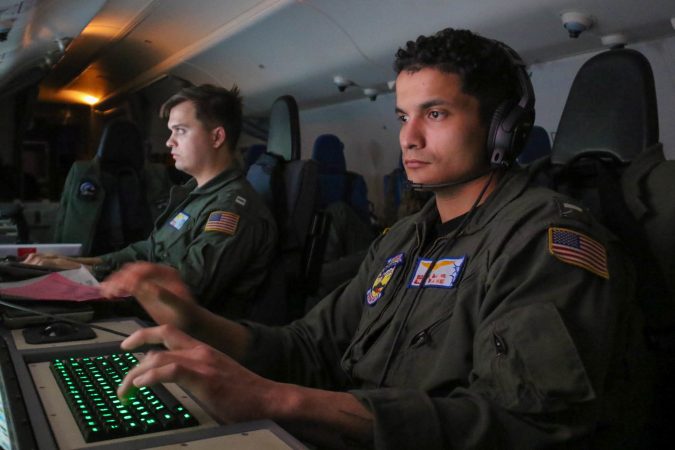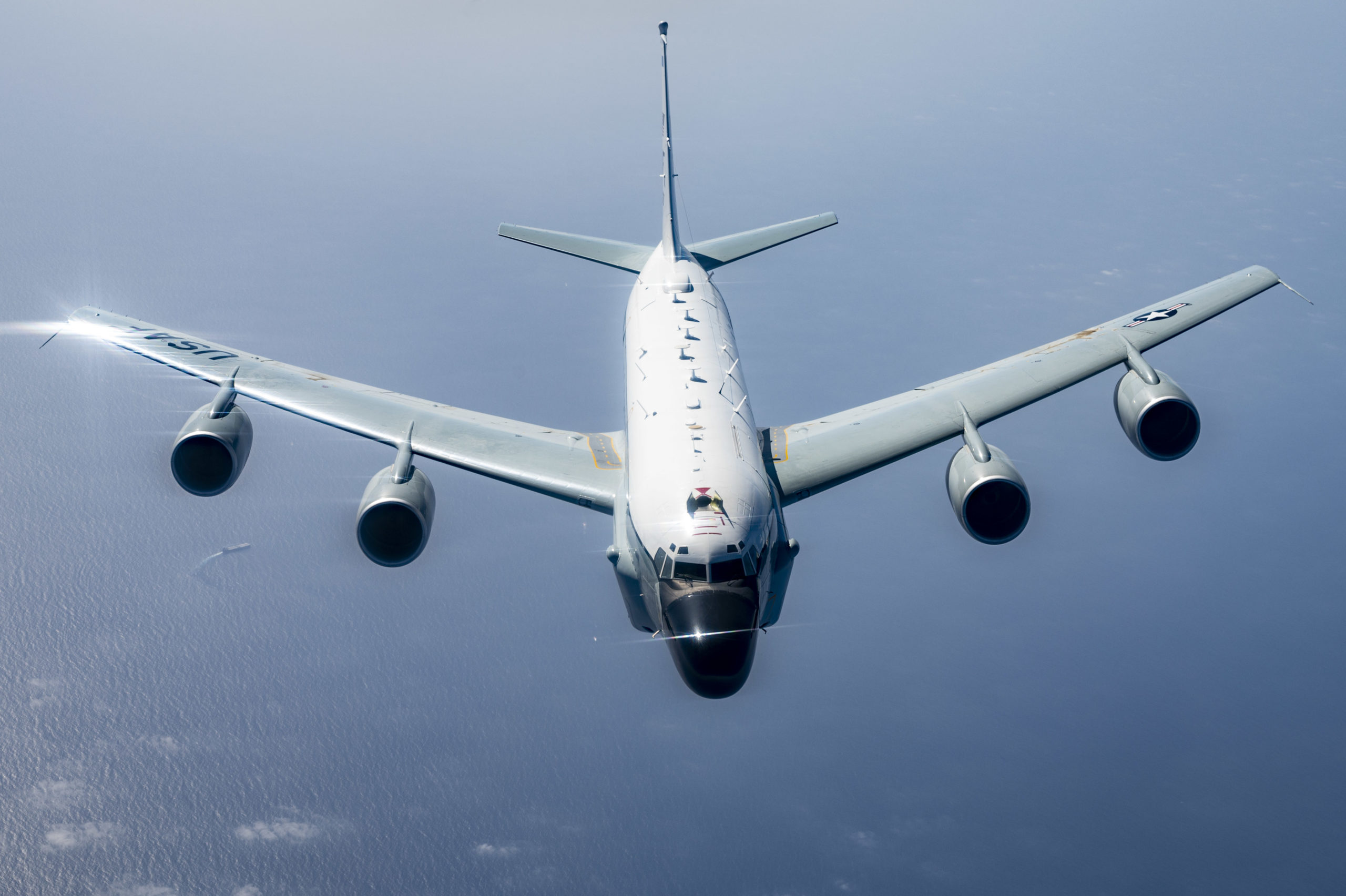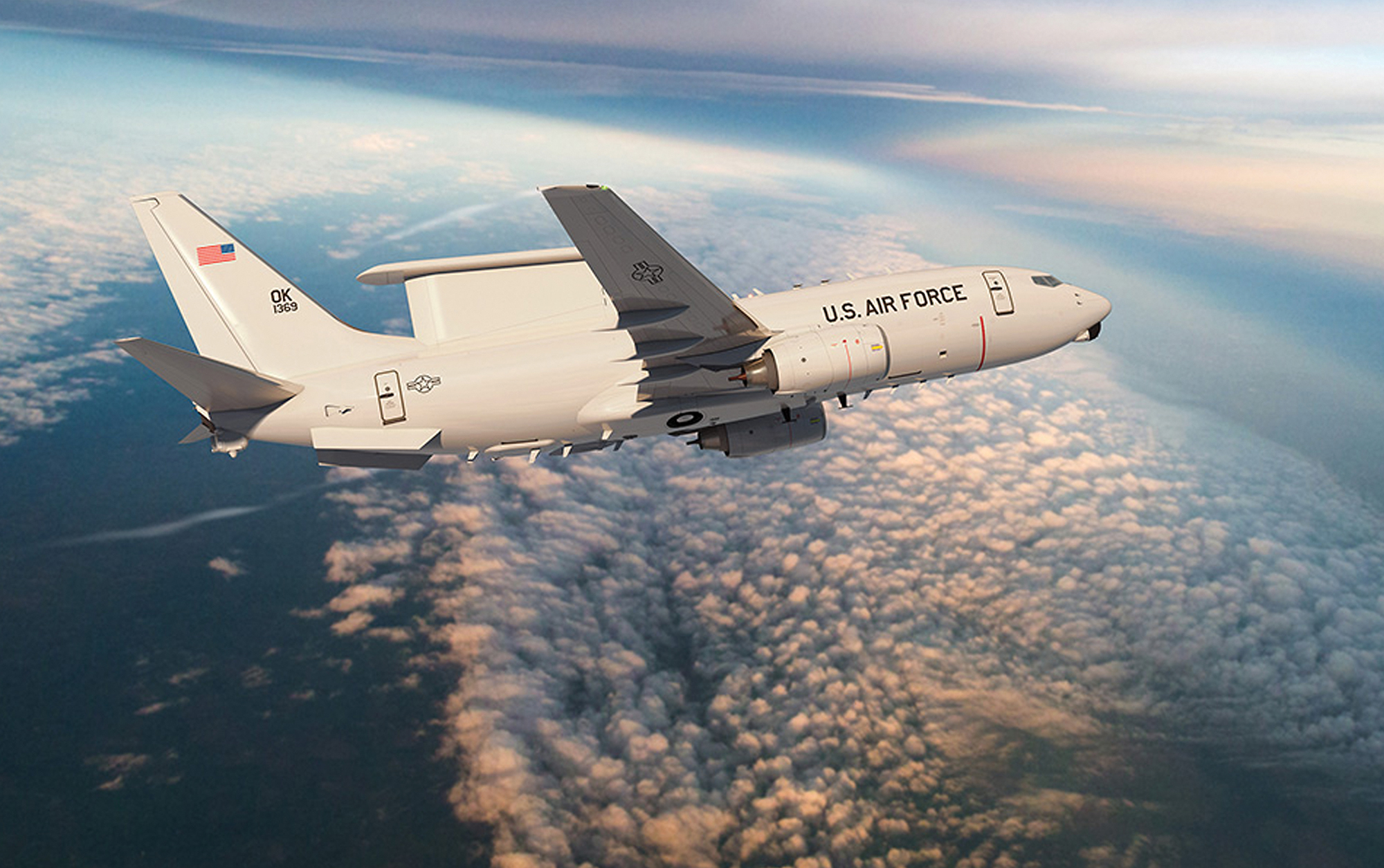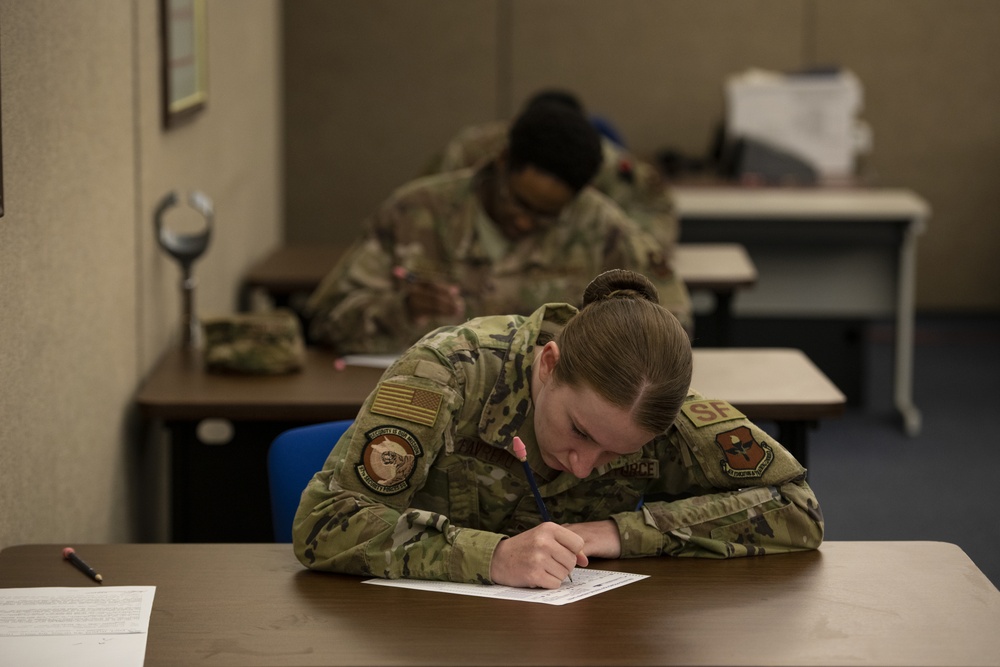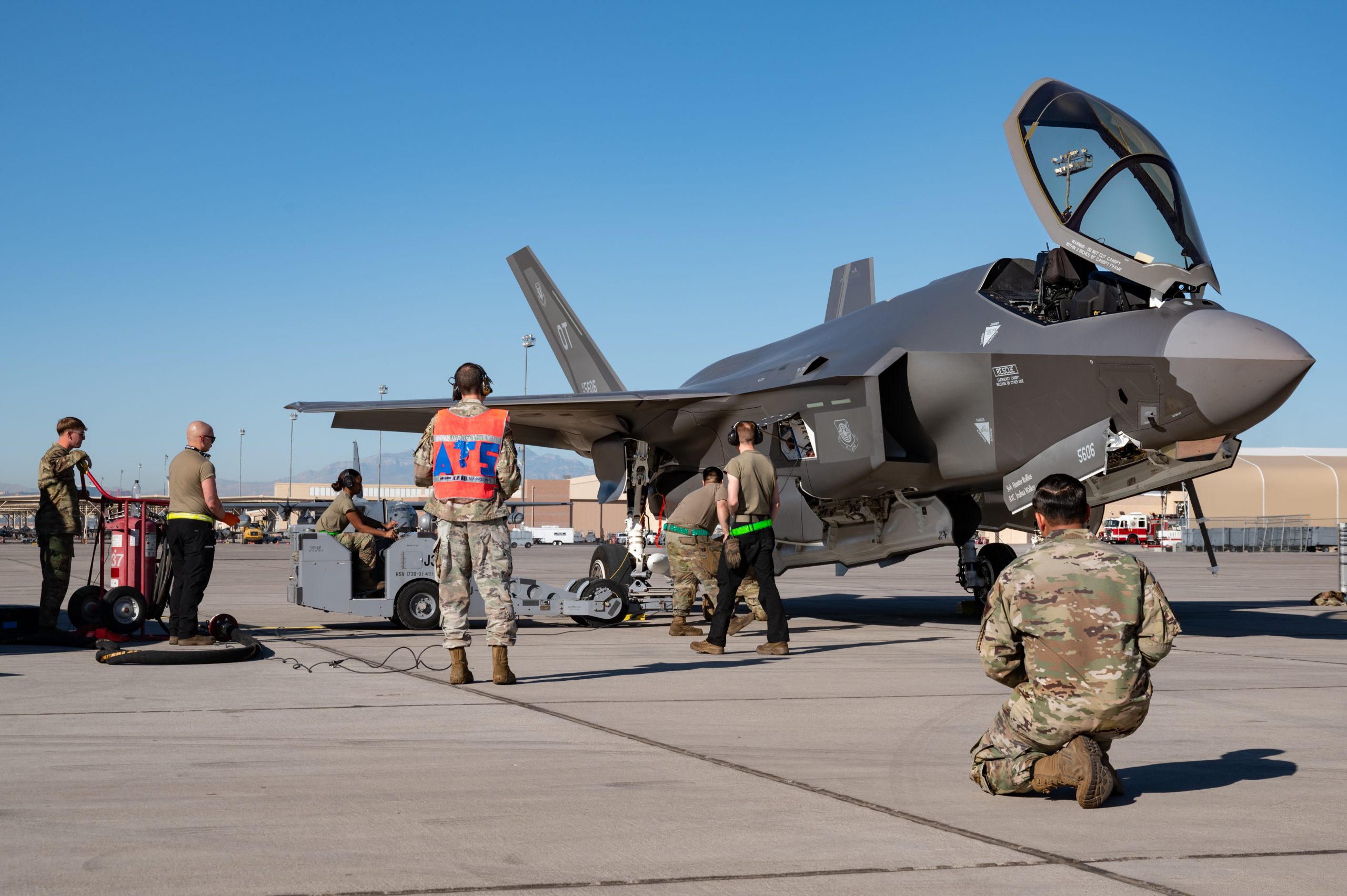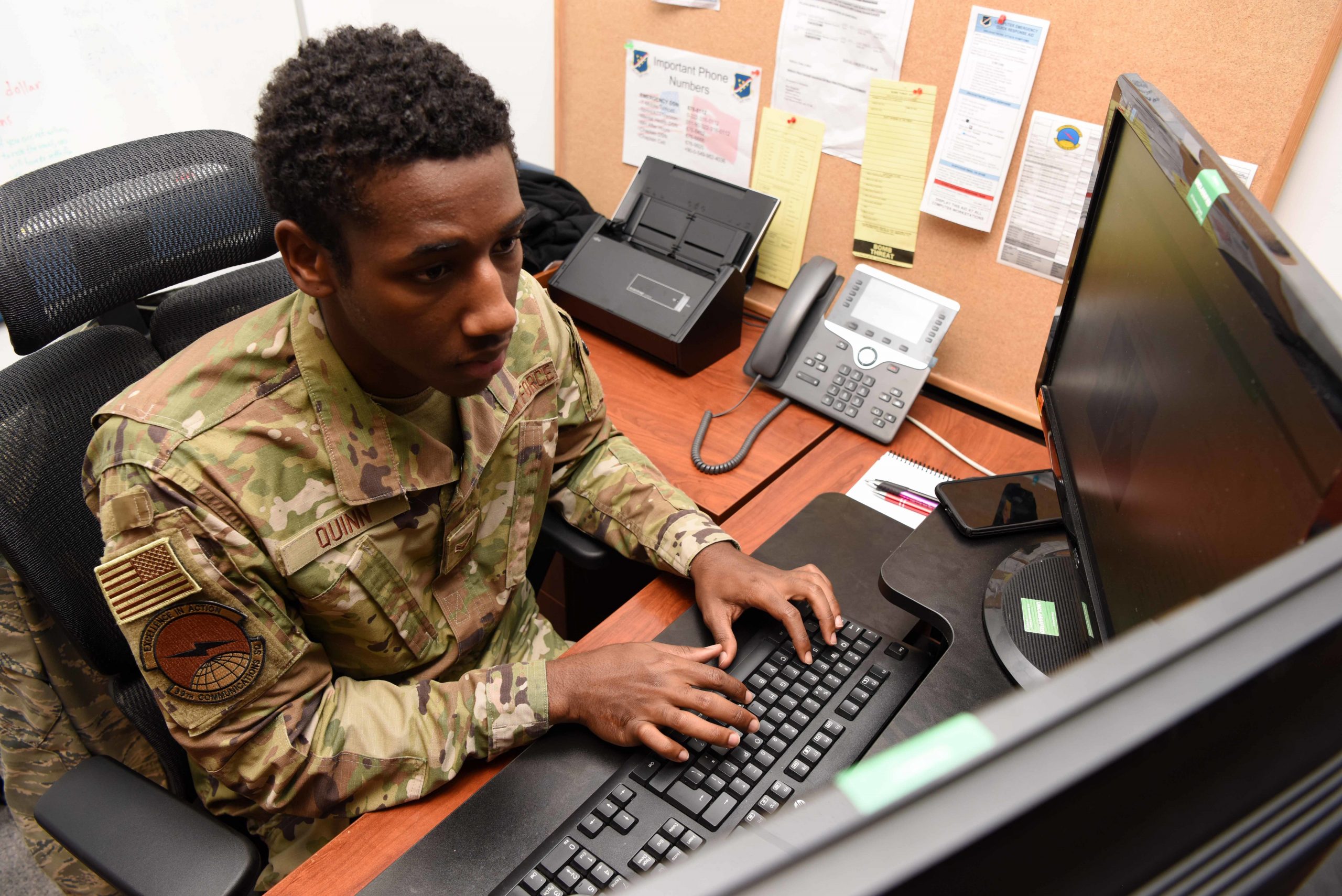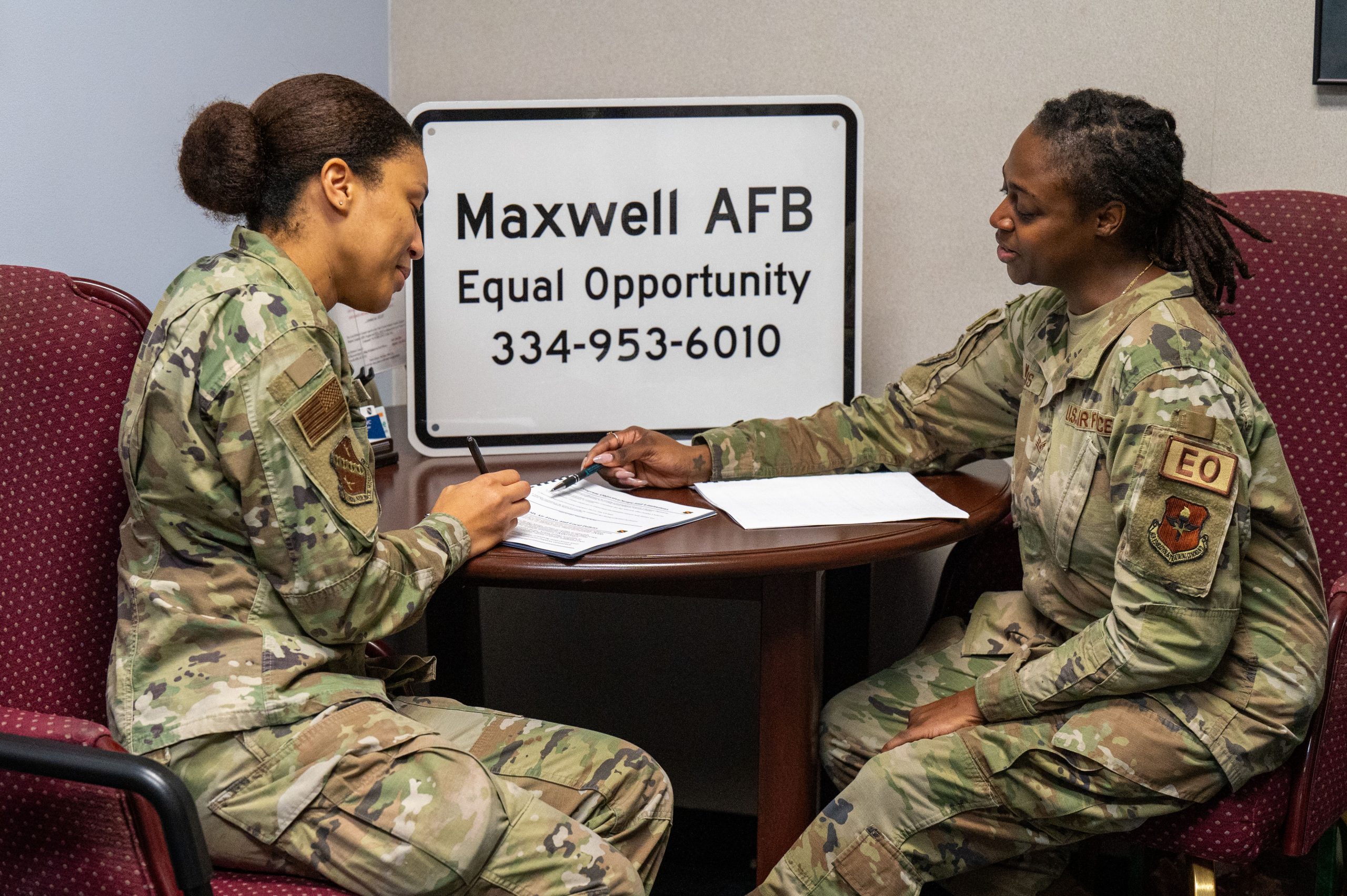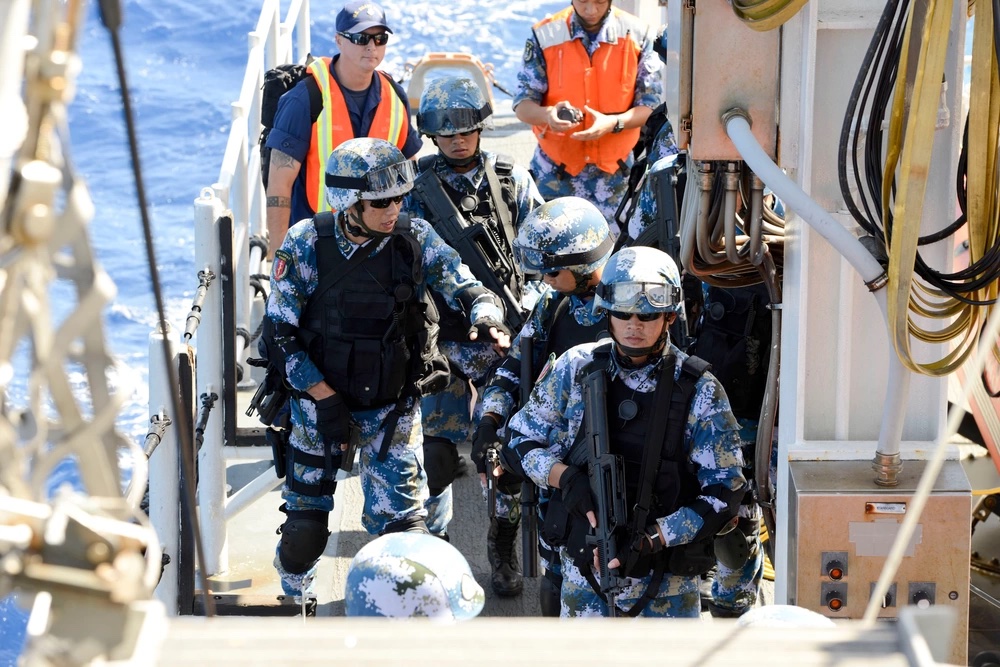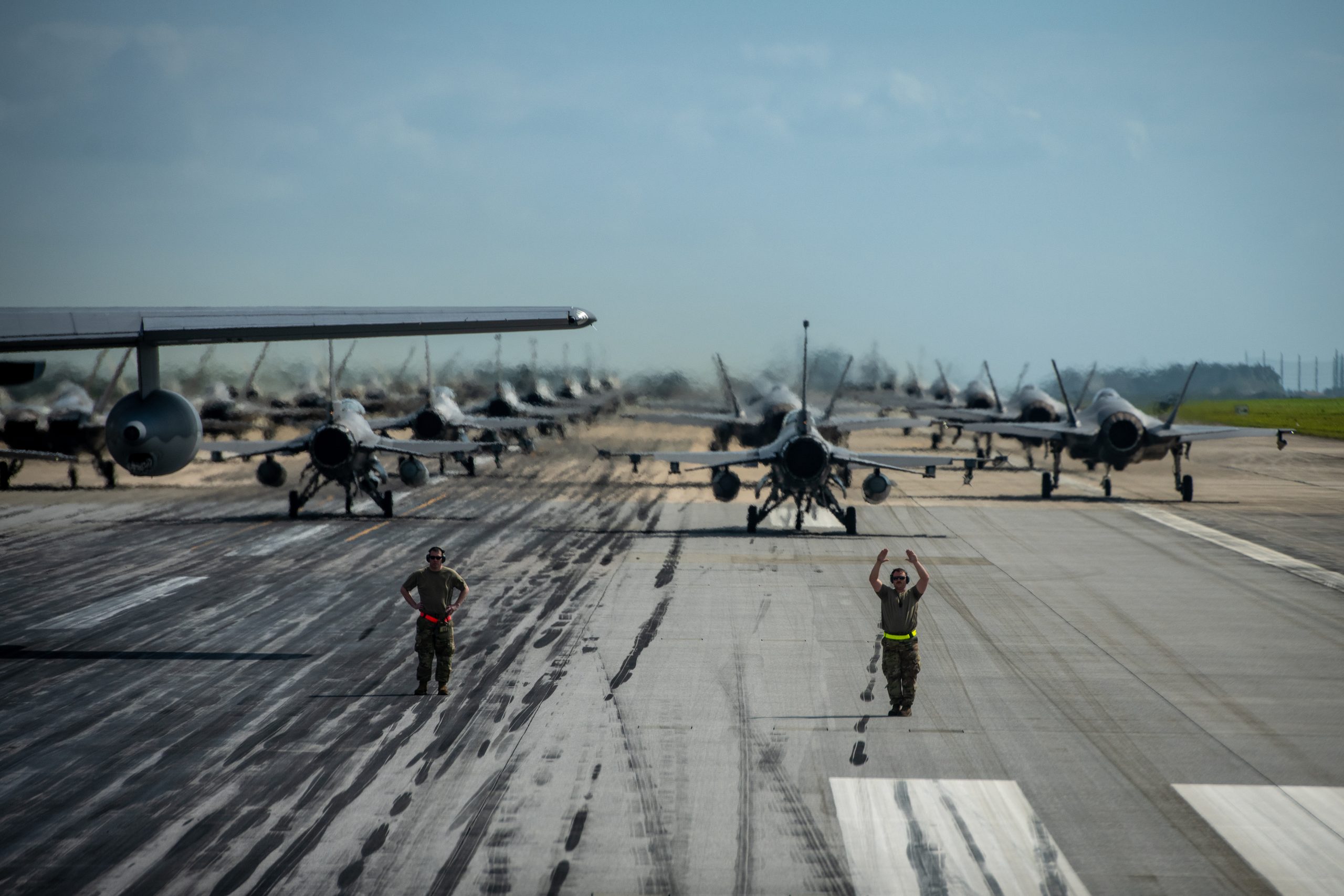The U.S. military is carrying out intelligence, surveillance, and reconnaissance missions along the southern border and off the coast of Mexico using U.S. Air Force RC-135 Rivet Joint and U.S. Navy P-8 Poseidon aircraft as part of the Pentagon’s effort to secure the southern border at the direction of President Donald Trump.
A U.S. Air Force RC-135 Rivet Joint, a signals intelligence aircraft, flew from its home base of Offutt Air Force Base, Neb., to conduct missions off the coast around Mexico’s Baja Peninsula on Feb. 3 and Feb. 4, flight tracking data shows. A U.S. official confirmed to Air & Space Forces Magazine the U.S. was using the RC-135 to conduct ISR flights off the coast of Mexico. Flight tracking data shows the aircraft, tail number 64-14845, appears to have stayed in international airspace when operating near Mexico.
The U.S. has also conducted multiple missions with U.S. Navy P-8 maritime patrol aircraft over the last several days, flying missions along the border out of Florida, California, and Davis-Monthan Air Force Base, Ariz. A U.S. official said the P-8s were capturing imagery of border. The Department of Defense publicly confirmed the missions and released photos of the P-8 operations.
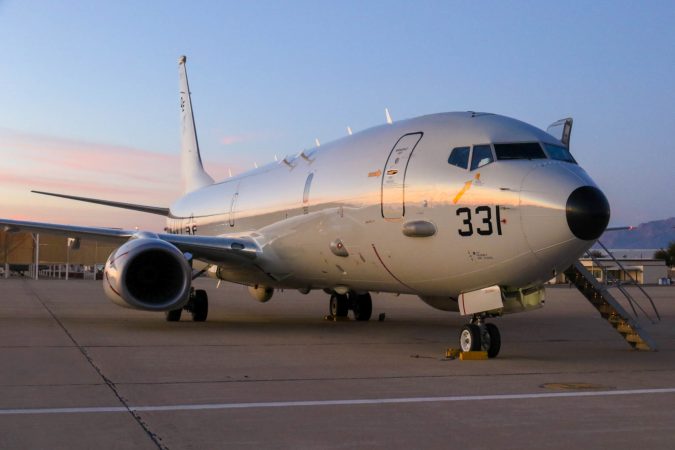
While not commenting on the flights, U.S. Northern Command said on Feb. 4 that 140 U.S. military intelligence personnel had been assigned to the command as part of the southern border mission along with 500 Soldiers from the 10th Mountain Division. Overall, over 2,000 additional troops have now been ordered to support border security efforts by the Pentagon.
“These intelligence personnel will provide full motion video analysis, counter network analysis, and Spanish language translation to the U.S. Border Patrol Office of Intelligence,” NORTHCOM said in a news release.
The command has stood up the “Joint Intelligence Task Force-Southern Border to integrate and deconflict intelligence planning and threat analysis,” NORTHCOM added in its statement.
Also on Feb. 4, a U.S. Air Force C-17 carried the first flight of migrants to Guantanamo Bay, Cuba, from Biggs Army Airfield in El Paso, Texas. The plane was carrying roughly a dozen people who will be held at the prison that has been used to hold terrorism suspects, a U.S. official said. Trump issued an executive order on Jan. 29 directing the Department of Defense and Department of Homeland Security to “expand the Migrant Operations Center at Naval Station Guantanamo Bay to full capacity.” Air Force C-17s have carried out numerous deportation flights to foreign countries since the Pentagon began its border security operations at the direction of Trump on Jan. 22.
Roughly 150 Marines have been sent to Guantanamo Bay on Feb. 3, according to U.S. Southern Command. More Marines were expected to arrive soon. The service members are preparing tents to hold roughly 1,000 migrants, a U.S. official said.
“There’s a lot of space to accommodate a lot of people,” Trump said on Feb. 4. ”So we’re going to use it.”
